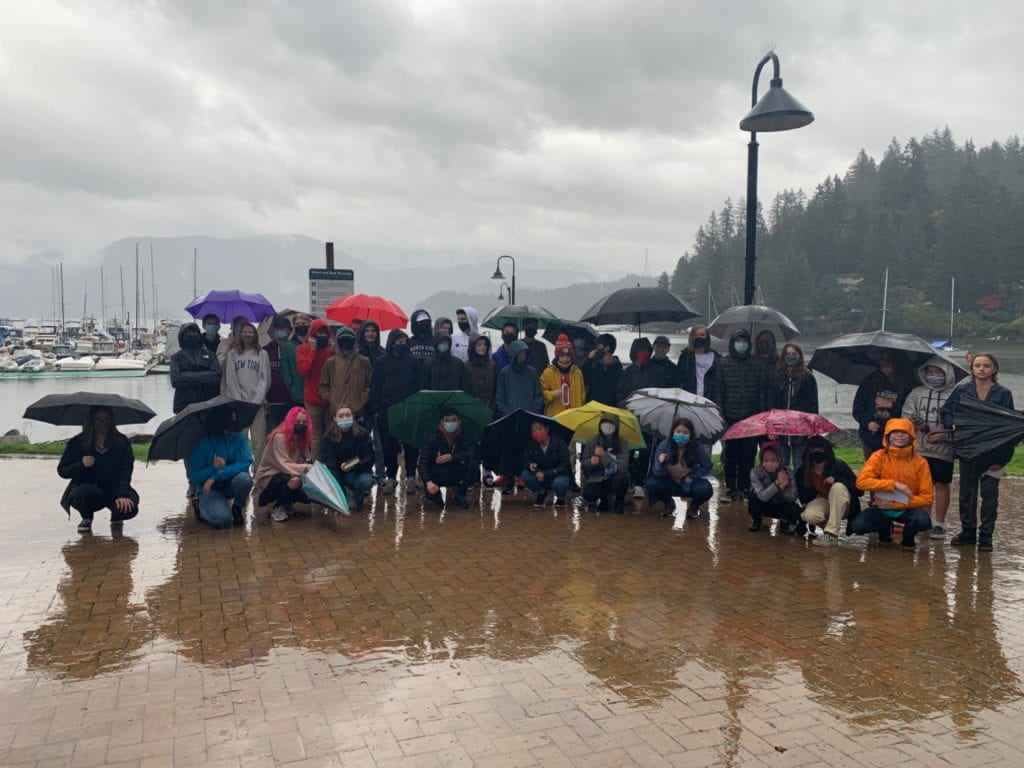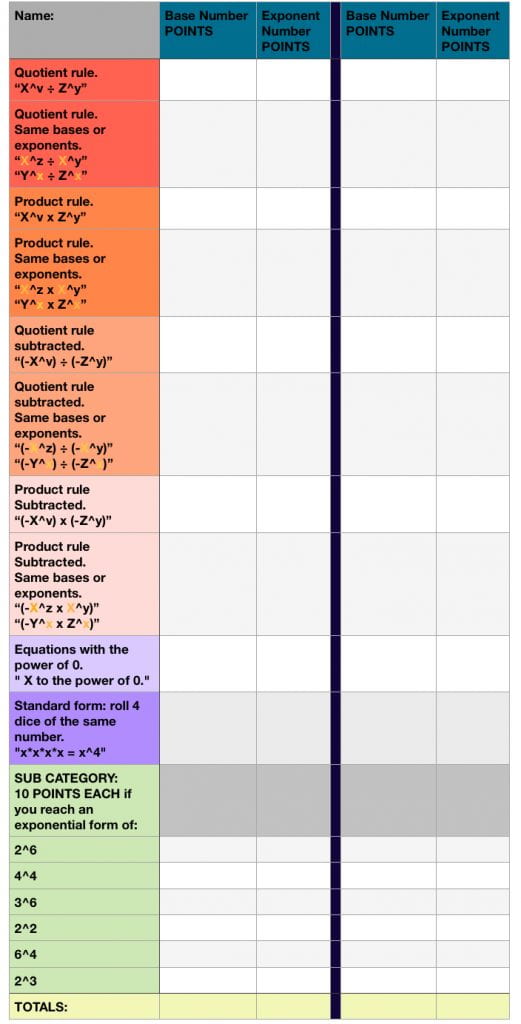Hello and Welcome back to another blog post.
To start this we read and answered questions on common lit readings about the environment. One of the story’s we read was “he-y, come on ou-t” which has a pretty clear theme to it. It’s a story and some towns people found a hole in the ground after a storm. Someone yells “hey come on out” and throws a rock in to the hole but they don’t hear a echo or the rock hit a bottom. The hole doesn’t seem to have an end, so they start to dump the towns waste and garbage in to the hole to get rid of it. Other countries start to dump their toxic waste in it as well. After a long time of doing this (spoiler alert) a worker on break hears “hey come on out” that seems to come from the sky and a rock falls on him which indicates that every thing that they put in to the hole with now fall from the sky. The theme is basically what goes around comes around even if there are no immediate consequences.
My topic that I wanted to write my letter about was about the problem of Canada sending its waste over seas and how funding companies that recover and recycle waste that will help not to contribute to the growing environmental problems in the countries that we send our waste to. I wrote to the honourable John Horgan because as the premier of BC he could help fund these companies. Here is my letter:

While researching for this letter I Learned a lot about how Canada and British Columbia, along with other countries, impacted other places by sending their garbage away. China banned all imports of waste because they were becoming increasingly concerned about the amount of waste in land fills. Jiangcungou landfill, which is the biggest landfill in China, Is around the size of 100 foot ball fields and receives 10,000 tons of garbage a day. I think this really speaks to the impact of sending waste over seas and other countries might follow in banning imports as they be come increasingly worried how much waste there is.
After the letter, we planed an outline for a multi paragraph response to what common lit story theme connects with the theme to our letter. I connected my letter to a story called quite town. In quite town there is a family living in a town that everyone left because the water levels are raising and the town will eventually flood. Bev doesn’t believe the town will flood, not for a long time anyway. At the end of the story the town starts to flood and Bev realizes she should have done something and because she didn’t her family is in danger. I connected my letter to this because if more people don’t start changing what they do and being more environmentally friendly, it will cause major consequences that we wont be able to stop or reverse much like how because Bev didn’t do anything and now her family is in danger and she cant stop it but she could have before.

After we were done the letter everyone put the return address and where you want to send it to on your envelope, which took a couple tries for me, and then we walked to deep cove and mailed them. I am exited to see if and what john Horgan will write back to me.
see you next time.
